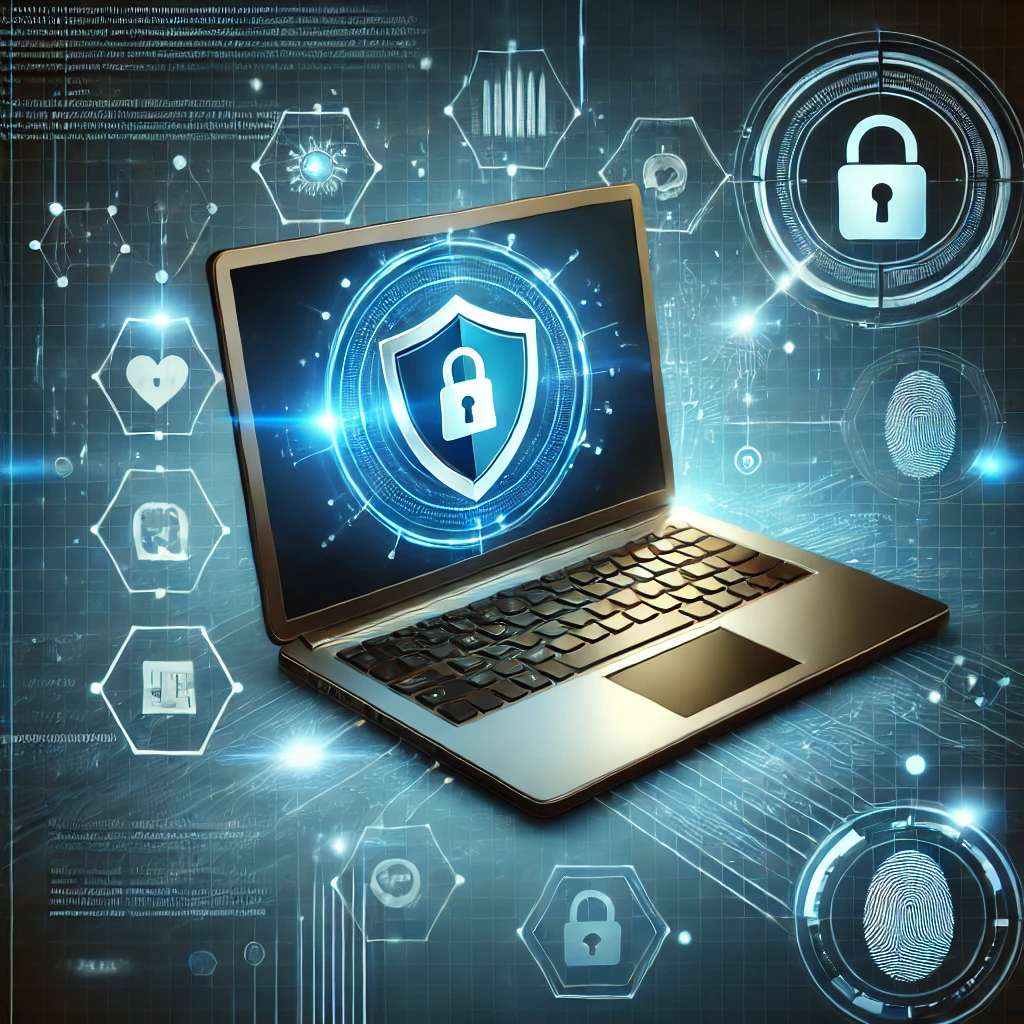
Cybersecurity Basics for Everyday Life
"Essential Cybersecurity Skills to Protect Yourself and Your Home Online"
In an increasingly connected world, understanding how to protect yourself from online threats is no longer optional—it’s essential. Our Cybersecurity Basics for Everyday Life course is designed for individuals of all technical levels to learn practical and actionable steps to safeguard their personal devices, data, and online privacy. This class combines fundamental cybersecurity concepts with real-world applications to give you the confidence to navigate the digital landscape safely.
Topics Covered:
1. Recognizing Common Online Threats
Understanding phishing, malware, and ransomware
Identifying scams in emails, texts, and phone calls
Avoiding unsafe links and pop-ups
2. Protecting Your Home Network
Setting up a secure Wi-Fi network
Using guest networks for visitors and IoT devices
Updating router firmware and settings for security
Recognizing and preventing unauthorized access
3. Managing Passwords and Authentication
Best practices for creating and managing strong passwords
Introduction to password managers
Using two-factor authentication (2FA) for extra security
4. Securing Your Devices
Keeping smartphones, tablets, and laptops secure
Importance of software updates and antivirus tools
Managing app permissions and identifying malicious apps
Encrypting data on personal devices
5. Personal Privacy Online
Managing privacy settings on social media and websites
Safe browsing practices (incognito mode, private search engines, VPNs)
Controlling what data apps and websites collect about you
Avoiding oversharing and protecting sensitive information
6. Digital Self-Defense
Recognizing and avoiding common scams
Safeguarding financial transactions and online banking
What to do if you fall victim to a scam
7. Safe Online Shopping
Verifying legitimate websites and avoiding fake stores
Securing payment methods for online purchases
Recognizing red flags in suspicious deals or promotions
8. Building Cybersecurity Habits
Scheduling regular device maintenance (updates, backups, scans)
Encouraging family members to follow cybersecurity best practices
Knowing when and how to seek professional help
Course Features:
Interactive Activities: Hands-on exercises to practice identifying scams, setting up secure devices, and using password managers.
Real-Life Scenarios: Learn how to respond to potential threats using real-world examples.
Take-Home Resources: Comprehensive handouts and checklists to reinforce what you’ve learned and apply it at home.
Who Should Attend:
This course is ideal for anyone who wants to understand the basics of cybersecurity, including:
Individuals with little to no technical background
Families looking to create safer online environments
Professionals who use personal devices for work
Duration:
4-hour workshop or 1-day class, with breaks for hands-on practice and Q&A.
Prerequisites:
No prior experience or technical knowledge is required.
We do not offer refunds for cancellations but we will offer to move your fee to a future course within 60 days.
"Essential Cybersecurity Skills to Protect Yourself and Your Home Online"
In an increasingly connected world, understanding how to protect yourself from online threats is no longer optional—it’s essential. Our Cybersecurity Basics for Everyday Life course is designed for individuals of all technical levels to learn practical and actionable steps to safeguard their personal devices, data, and online privacy. This class combines fundamental cybersecurity concepts with real-world applications to give you the confidence to navigate the digital landscape safely.
Topics Covered:
1. Recognizing Common Online Threats
Understanding phishing, malware, and ransomware
Identifying scams in emails, texts, and phone calls
Avoiding unsafe links and pop-ups
2. Protecting Your Home Network
Setting up a secure Wi-Fi network
Using guest networks for visitors and IoT devices
Updating router firmware and settings for security
Recognizing and preventing unauthorized access
3. Managing Passwords and Authentication
Best practices for creating and managing strong passwords
Introduction to password managers
Using two-factor authentication (2FA) for extra security
4. Securing Your Devices
Keeping smartphones, tablets, and laptops secure
Importance of software updates and antivirus tools
Managing app permissions and identifying malicious apps
Encrypting data on personal devices
5. Personal Privacy Online
Managing privacy settings on social media and websites
Safe browsing practices (incognito mode, private search engines, VPNs)
Controlling what data apps and websites collect about you
Avoiding oversharing and protecting sensitive information
6. Digital Self-Defense
Recognizing and avoiding common scams
Safeguarding financial transactions and online banking
What to do if you fall victim to a scam
7. Safe Online Shopping
Verifying legitimate websites and avoiding fake stores
Securing payment methods for online purchases
Recognizing red flags in suspicious deals or promotions
8. Building Cybersecurity Habits
Scheduling regular device maintenance (updates, backups, scans)
Encouraging family members to follow cybersecurity best practices
Knowing when and how to seek professional help
Course Features:
Interactive Activities: Hands-on exercises to practice identifying scams, setting up secure devices, and using password managers.
Real-Life Scenarios: Learn how to respond to potential threats using real-world examples.
Take-Home Resources: Comprehensive handouts and checklists to reinforce what you’ve learned and apply it at home.
Who Should Attend:
This course is ideal for anyone who wants to understand the basics of cybersecurity, including:
Individuals with little to no technical background
Families looking to create safer online environments
Professionals who use personal devices for work
Duration:
4-hour workshop or 1-day class, with breaks for hands-on practice and Q&A.
Prerequisites:
No prior experience or technical knowledge is required.
We do not offer refunds for cancellations but we will offer to move your fee to a future course within 60 days.
